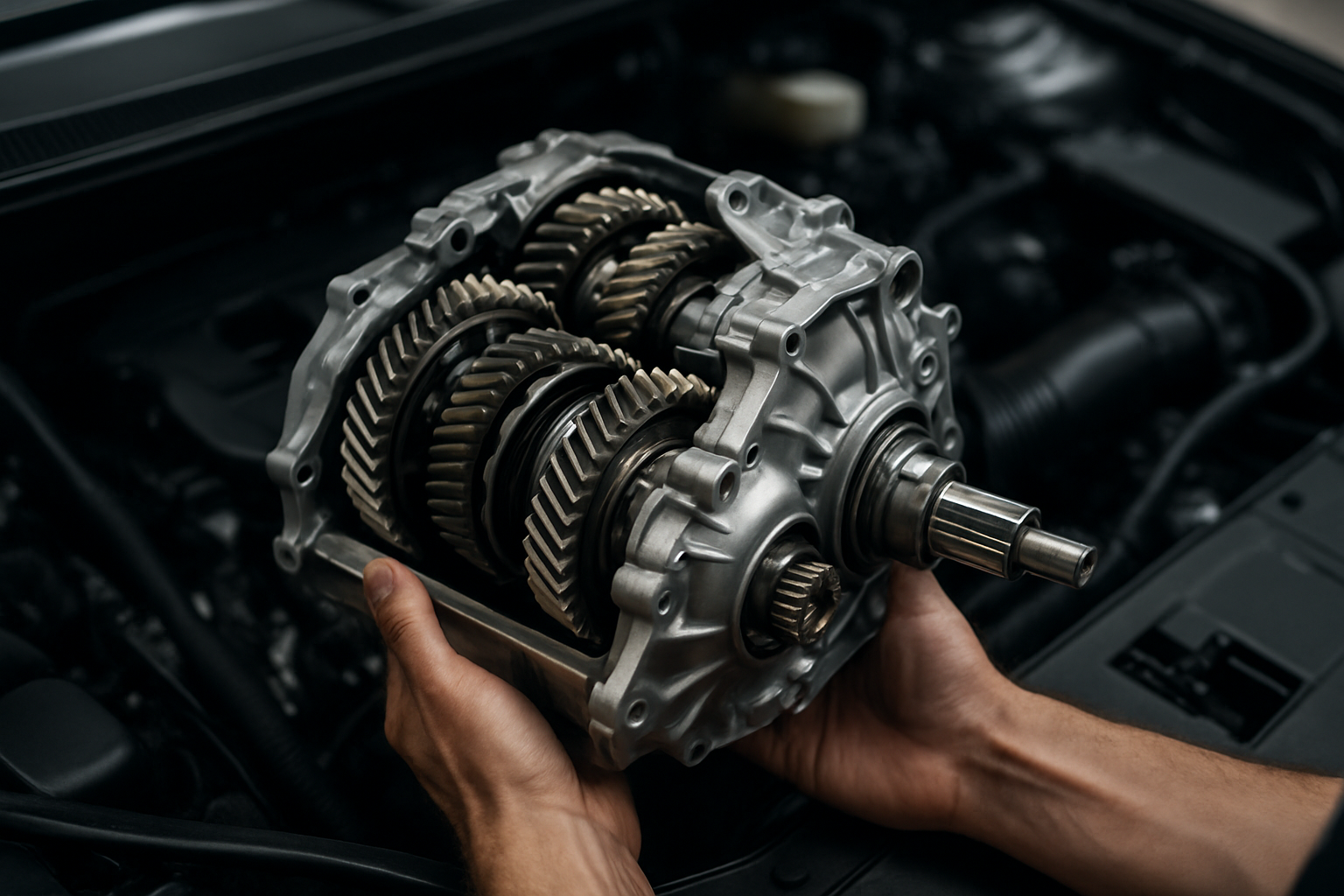"Redefining Speed: The Intricacies of Dual Clutch Transmission Systems"
Introduction: In the realm of automotive technology, the dual clutch transmission (DCT) system has emerged as a game-changer. This innovative technology has redefined speed and efficiency, offering an unparalleled driving experience. But what exactly is a DCT, and how does it influence the way we drive? Let's delve into the mechanics of this fascinating technology.

The Genesis of Dual Clutch Transmission Systems
The concept of a dual clutch transmission isn’t entirely new. Its roots can be traced back to the early 1930s when French engineer Adolphe Kégresse designed a similar system for military vehicles. However, it wasn’t until the late 20th century that the DCT began to gain traction in the automotive industry, thanks to the pioneering efforts of Porsche. The German automaker introduced the first DCT in a production car, the 1983 Porsche 956, revolutionizing the world of racing with its seamless gear changes and enhanced performance.
The Mechanics of a Dual Clutch Transmission
A DCT essentially combines the best of both worlds - the efficiency of a manual transmission and the convenience of an automatic. It employs two separate clutches for odd and even gear sets, allowing for quicker and smoother gear shifts. When one gear is engaged, the next is pre-selected, resulting in virtually no interruption in power delivery. This technology has been widely adopted in high-performance vehicles, where the split-second difference in gear changes can significantly impact performance.
Current Trends and Applications
Today, DCTs are no longer exclusive to high-end sports cars. Many mainstream manufacturers, including Ford, Volkswagen, and Hyundai, have incorporated DCTs into their models, recognizing the benefits of improved fuel efficiency and enhanced driving dynamics. The DCT has also found its way into the world of motorcycles, with Honda leading the charge with its DCT-equipped models.
The Impact of Dual Clutch Transmission Systems
The DCT has undeniably transformed the driving experience, offering smoother and faster gear changes, improved fuel efficiency, and a more engaging drive. However, it’s not without its challenges. DCTs can be more expensive to produce and maintain, and some drivers find the driving experience less intuitive than traditional automatic or manual transmissions. Nevertheless, the benefits of DCTs have seen them increasingly adopted in a range of vehicles, from compact cars to luxury sports cars.
The Future of Dual Clutch Transmissions
As the automotive industry continues to evolve, so too does the technology that drives it. While the DCT has already made significant strides in improving vehicle performance and efficiency, ongoing research and development promise even greater advancements. With the potential for further refinement and integration with other vehicle systems, the DCT is set to remain a key player in the automotive world.
In conclusion, the dual clutch transmission system is a remarkable piece of automotive technology that has significantly influenced the way we drive. Its blend of efficiency, performance, and convenience has made it a popular choice among manufacturers and drivers alike. As we look to the future, the DCT’s potential for further innovation and improvement ensures its place in the ever-evolving landscape of automotive technology.





